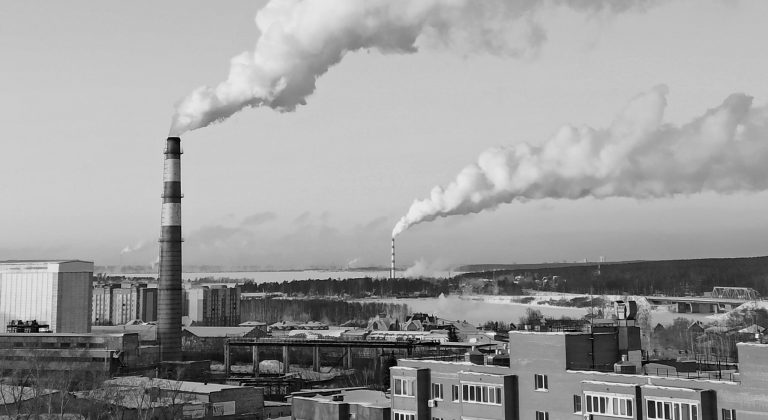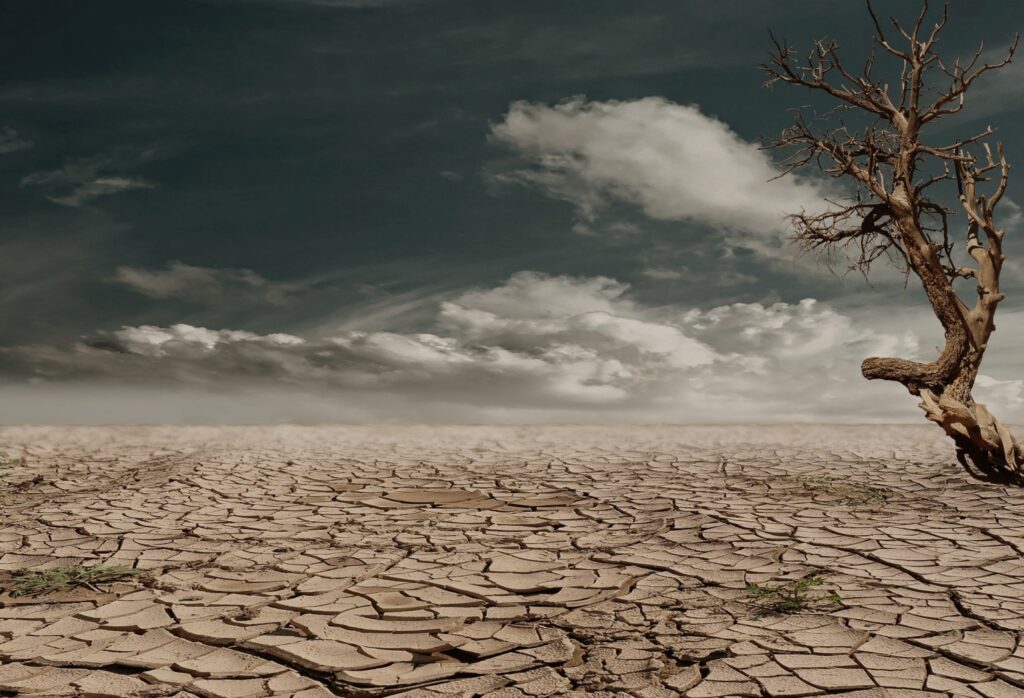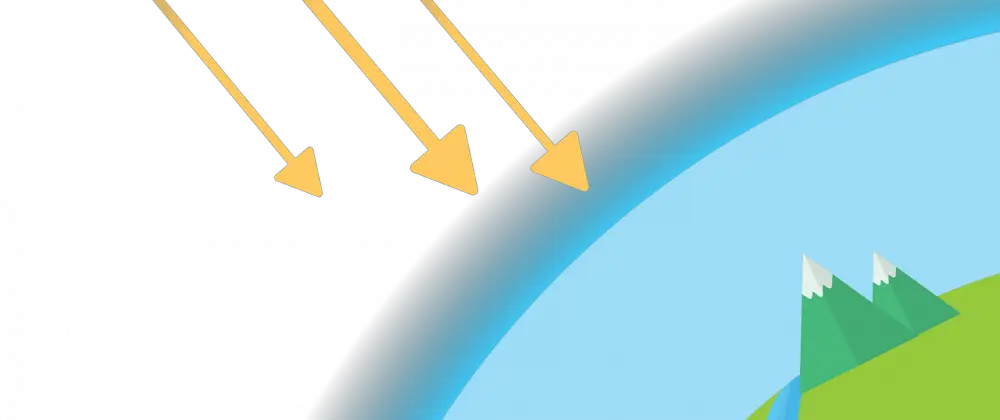What Climate Change causes? What are the effects of it and how we can control Climate change. Kyoto Protocol
Climate change is a change which is attributed directly or indirectly to the activity of humans that Changes the composition of the global atmosphere. Also which is in addition to natural climate variability observed over comparable time periods.

What climate change causes:
What climate change causes is a serious and alarming question for world. Here we can understand that the geological records stretching back millions of years shows some large variations in climate. Climate change causes are natural factors as well as changes in the Sun, volcanoes, Earth’s orbit and CO² levels. The current rapid warming is not only from natural change but due to human CO² emissions.
Climate change main causes are:
- ) Changes in the Sun’s energy
- ) Changes in reflectivity of Earth’s atmosphere and surface
- ) Volcanoes
- ) Plate tectonic
- )Anthropogenic Factors
- )Greenhouse Effect
Its Consequences:
Scientists have high confidence that global temperature will continue to rise for decades to come, largely due to greenhouse gases produced by human activities. The Inter-governmental Panel on Climate Change (IPCC), which includes more than 1300 scientists from all over the world, forecasts a temperature rise of 2.5 to 10 degrees Fahrenheit over the next century. The IPCC predicts that global temperature increases of less than 1.8 to 5.4 degrees Fahrenheit (1 to 3 degrees Celsius) above 1990 levels will produce beneficial impacts in some regions and harmful ones in others.
Climate Change is humankind’s greatest threat in modern times and also it is a consequence for socio-economic sectors such as health, food production, energy consumption and natural resource management. As a result, the world today suffer around 400-500 natural disasters on average year.
According to the IPCC assessment report, the evidence of predicted impacts of climate change is slowly unfolding. Crop yield growth rates are declining in most parts of the world, because of increase in temperature. Increase in Prevalence of climate induced diseases have also been recorded.
Also serious threat arising from climate change is to freshwater availability which is projected to decline especially large river basins and adversely affect more than a billion people by the 2050.
Climate change also impacts human health. It leads to an increase in the potential transmission of vector borne diseases. It includes the diseases of malaria, dengue, and yellow fever.

How US affected:
Over the period of 50 years in previous century temperature in USA has increased 1.0°C on average annually. And over the next few decades it will increase on average 1.5°C annually. And it will immensely affect life style, agriculture, water ,infrastructure and eco system.
- )Coastal Flooding and tidal flooding has increased in more than 20 Atlantic and Gulf coast cities as seas level is increasing. it is because of earth gravitational field changing because of land ice melting and glaciers melting.
- )Heat waves are now more frequent then before in world and specifically in USA. As the average temperature is increasing annually.
- )Forest fires are occurring more often now and spreading over large area in less time because of high temperatures. As in recent years we have seen many wild/forest fires in many areas of USA.
- )Water resources are affected from increase in temperature and climate change. Water is being affected from pollution and climate change. As the snow is reduced and glaciers are melting more quickly so the water level is decreasing fast.
How to control it:-
The following steps can be helpful for control climate change,
1). Purchase of energy efficient appliances such as cars and domestic appliances.
2). Adoption of 3Rs strategy, Reduce Refuse and Recycle.
3). Use of renewable energy and production of clean energy through technology enhancement.
4). Reducing deformation.
5). Promoting afforestation.
6). Use of wise transport. (Bick, public transport)
7). Less wastage of resources
8). Creating awareness among the public on gravity issues.
9). Implementation of international environmental treaties such as Kyoto protocol and Montreal protocol.
10). Replace incandescent light bulbs with compact fluorescent bulbs.
Kyoto Protocol of controlling climate changes and causes
The Kyoto Protocol is an international agreement under the United Nations Framework Convention on Climate Change (UNFCCC), which commits its parties by setting internationally binding emission reduction targets. The Kyoto Protocol was adopted in Kyoto, Japan, on December 11, 1997 and entered into force on February 16, 2005. To date, 192 parties have ratified the Protocol. The Convention divides countries into three main groups according to differing commitments:
- Annex I: Parties include the industrialized countries that were members of the OECD (Organization for Economic Cooperation and Development) in 1992, plus countries with economies in transition (the EIT Parties), including the Russian Federation, the Baltic States, and several Central and Eastern European states.
- Non-Annex I Parties are mostly developing countries which don’t have binding targets such as China, India, and Pakistan etc.
- Annex II: Parties consist of the OECD members of Annex I, but not the EIT Parties. They are required to provide financial resources to enable developing countries to undertake emissions reduction activities under the Convention and to help them adapt to adverse effects of climate change.
➡️ Objectives:
The main goal of the Kyoto Protocol is to control emissions of the main greenhouse gases.
Some of the principal concepts of the Kyoto Protocol are:
1).The main feature of the Protocol is that it established legally binding commitments to reduce emissions of greenhouse gases for Annex I Parties. The commitments were based on the Berlin Mandate, which was a part of UNFCCC negotiations leading up to the Protocol.
2). In order to meet the objectives of the Protocol, Annex I Parties are required to prepare policies and measures for the reduction of greenhouse gases in their respective countries.
3).Minimizing Impacts on Developing Countries by establishing an adaptation fund for climate change.
4). Accounting, Reporting and Review in order to ensure the integrity of the Protocol.
5). Establishing a Compliance Committee to enforce compliance with the commitments under the Protocol.
Kyoto Mechanisms:
The Protocol defines three “flexibility mechanisms” that can be used by Annex I Parties in meeting their emission limitation commitments. The flexibility mechanisms are International Emissions Trading (IET), the Clean Development Mechanism (CDM), and Joint Implementation (JI).
Emissions Trading or Carbon Trading
Parties with commitments under the Kyoto Protocol have accepted targets for limiting or reducing emissions. These targets are expressed as levels of allowed emissions, or “assigned amounts.” over the commitment period. Emissions trading, as set out in Article 17 of the Kyoto Protocol, allows countries that have emission units to spare-emissions permitted them but not “used” to sell this excess capacity to countries that are over their targets. Thus, a new commodity was created in the form of emission reductions or removals. Since carbon dioxide is the principal greenhouse gas, people speak simply of trading in carbon. Carbon is now tracked and traded like any other commodity. This is known as the “carbon trading.”
Clean Development Mechanism (CDM)
The Clean Development Mechanism (CDM), defined in Article 12 of the Protocol, allows a country with an emission-reduction or emission-limitation commitment under the Kyoto Protocol (Annex II Party) to implement an emission-reduction project in developing countries. Such projects can earn saleable certified emission reduction (CER) credits, each equivalent to one ton of CO₂, which can be counted towards meeting Kyoto targets. A CDM project activity might involve, for example, a rural electrification project using solar panels or the installation of more energy-efficient boilers. The mechanism stimulates sustainable development and emission reductions, while giving industrialized countries some flexibility in how they meet their emission reduction or limitation targets.
Joint Implementation
The mechanism known as “joint implementation,” defined in Article 6 of the Kyoto Protocol, allows a country with an emission reduction or limitation commitment under the Kyoto Protocol (Annex II Party) to earn emission reduction units (ERUS) from an emission-reduction or emission removal project in another Annex II Party, each equivalent to one ton of CO₂, which can be counted towards meeting its Kyoto target. Joint implementation offers Parties a flexible and cost-efficient means of fulfilling a part of their Kyoto commitments, while the host Party benefits from foreign investment and technology transfer.
Ozone Depletion:
Ozone is a gas made up of three oxygen atoms (O³). It occurs naturally in small (trace) amounts in the upper atmosphere (the stratosphere). Ozone protects life on Earth from the Sun’s ultraviolet (UV) radiation. In the lower atmosphere (the troposphere) near the Earth’s surface, ozone is created by chemical reactions between air pollutants from vehicle exhaust, gasoline vapors, and other emissions. At ground level, high concentrations of ozone are toxic to people and plants.
Ozone Formation:
Ninety percent of the ozone in the atmosphere present in the stratosphere, the natural level of ozone in the stratosphere is a result of a balance between sunlight that creates ozone and chemical reactions that destroy it. Ozone is created when the kind of oxygen we breathe O²_is split apart by sunlight into single oxygen atoms. Single oxygen atoms can re-join to make O², or they can join with O² molecules to make ozone (O³). Ozone is destroyed when it reacts with CFCs.
Importance of Ozone:
Ozone in the stratosphere absorbs most of the ultraviolet radiation from the Sun. Without ozone, the Sun’s intense UV radiation would sterilize the Earth’s surface. Ozone screens all of the most energetic, UV-c, radiation, and most of the UV-b radiation. Ozone only screens about half of the UV-a radiation. Excessive UV-b and UV-a radiation can cause sunburn and can lead to skin cancer and eye damage.
Exposure to higher amounts of UV radiation could have serious impacts on human beings, animals and plants, such as the following:
1).Weakening of the human immune system (immune-suppression).
2). UV rays can damage DNA & can cause mutation. .
3). several of the world’s major crop species are particularly vulnerable to increased UV radiations, resulting in reduced growth, photosynthesis and flowering. These species include wheat, rice, barley, oats, corn, soybeans, peas, tomatoes, cucumbers, cauliflower, broccoli and carrots.
4). In particular, plankton (tiny organisms in the surface layer of oceans) is threatened by increased UV radiation. Plankton is the first vital step in aquatic food chains.
5). Decreases in plankton could disrupt the fresh and salt-water food chains, and lead to a species shift in waters.
6). Loss of biodiversity in our oceans, rivers and lakes could reduce fish yields for commercial and sport fisheries.
Ozone Depletion, In the 1970s, scientists became concerned when they discovered that chemicals called chlorofluorocarbons, or CFCs, posed a possible threat to the ozone layer. These chlorine containing chemicals rise into the upper stratosphere and are broken down by sunlight whereupon the chlorine reacts with and destroys ozone molecules. About 100,000 molecules of ozone are broken down per CFC molecule. The so-called ozone “hole,” is a thinned region of the ozone layer that develops in the Antarctic spring and continues for several months before thickening again.
How to Control Ozone Depletion
Growing concern for ozone depletion led to the adoption of the Montreal Protocol in 1987, in order to reduce and control industrial emission of chlorofluorocarbons (CFCs). We too can do our bit to save the ozone. Use/buy more recycled products, save energy, take public transport, and, most importantly, spread awareness. Our individual efforts can go a long way in saving the ozone layer.

Montreal Protocol
The Montreal Protocol on substances that deplete the ozone layer (a protocol to the Vienna Convention for the protection of the ozone layer) is an international treaty designed to protect the ozone layer by phasing out the production of numerous substances that are responsible for ozone depletion. The Montreal Protocol was agreed on September 16, 1987 and entered into force on January 1, 1989. Because of the risks posed by ozone depletion, leaders from many countries decided to craft a workable solution. Since 1987, 191 nations have ratified the landmark environmental treaty.
The Protocol’s chief aim is to reduce and eventually eliminate the production and use of man-made ozone depleting substances (ODS). By agreeing to the terms of the Montreal Protocol, signatory nations including the United States-committed to take actions to protect the ozone layer, hoping in the long-term to reverse the damage that had been done by the use of ozone depleting substances. If the Montreal Protocol is followed in entirety with full spirit, the overall quantity of ozone layer depletion causing gases mainly chlorine and bromine is bound to reduce in the atmosphere.
As a result of the international agreement, the ozone hole in Antarctica is slowly recovering. Climate projections indicate that the ozone layer will return to 1980 levels between 2050 and 2070. Due to its widespread adoption and implementation it has been hailed as an example of exceptional international co-operation, with Kofi Annan the then secretary general of UN quoted as saying that “perhaps the single most successful international agreement to date has been the Montreal Protocol”.
At the end, we must know that and have to agree on climate change causes and effects as most of the scientists in the world agrees on the climate change causes and its effects on our eco system and on people. Now we have such clear signs of climate change and global warming that no one can deny for example increased flooding, more forest fires and increase in temperature of planet and many more. it is now time to take the necessary steps to control climate change and keep our society and eco system safe

